|
I haven't felt like cooking or baking much lately, except, of course, until I do. I wanted to bake an easy from-scratch cake and thought I would peruse my vast cookbook collection to see what I could find. Published in 1897 in Lowell, Massachusetts, Hood's Practical Cook's Book: For the Average Household, is delightful. My particular copy is in near-mint condition in part because it was printed on high quality paper. It's also quite small, almost pocket-sized. Buttermilk Cake This is the easiest cake in the world to make and is almost always successful. Melt one cup of butter, stir in three cups of sugar, six well beaten eggs, three cups of sifted flour, and one cup of buttermilk. Sour cream is an excellent substitute for the buttermilk, and, if used, a pinch of soda must be added. Half of this quantity makes a fair sized cake for a small family, and is good with or without frosting. What a delightful little description! And indeed, it IS the "easiest cake in the world to make," in part because it uses melted butter. In modern kitchens, where butter is almost always kept in the fridge, softening it for a typical cake recipe takes forever. BUT - I did make a few teensy tweaks, and of course the original recipe as written doesn't include any instructions for the oven temp, baking time, or type of cake pan to use. So, I figured I'd give my own version, especially since, in a household of two adults, I think we qualify as a "small family," so I cut the recipe in half, as suggested. I also added a "pinch" of soda as I wasn't sure the eggs alone were enough to leaven the cake. And despite the fact that it probably would be great without frosting, I felt like frosting, and blackberry jam seemed like the perfect fit for a simple buttermilk cake. 1897 Buttermilk Cake with Blackberry ButtercreamFor the cake: 1/2 cup butter (1 stick), melted 1 1/2 cups granulated sugar 3 eggs 1 1/2 cups all-purpose flour pinch of salt 1/4 teaspoon baking soda 1/2 cup buttermilk For the frosting: 3 tablespoons butter, softened 1/4 cup blackberry jam powdered sugar Preheat the oven to 350 F. Grease an 8"x8" metal baking pan. Stir sugar into melted butter and add beaten eggs, flour, salt, baking soda, and buttermilk. The batter will be quite thick. Pour into baking pan and level with a spoon or spatula. Bake for approximately 45 minutes (check after 30), or until the cake center is firm and springs back when gently depressed. While the cake is baking, make the frosting. Beat the jam and butter together, then add powdered sugar, 1/4 cup at a time, until the frosting thickens. When the cake is done, remove from pan and cool on a baking rack. Once cool, frost the top. This is a rustic-looking cake and mine got quite a dome, but if you CAN slice it in half, feel free to do so and fill with frosting (double the recipe). 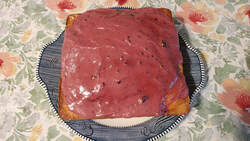 I couldn't wait for my cake to cool completely before frosting, so the frosting got a bit melty, but it was still delicious! The cake wasn't too sweet, despite all the sugar in it, and closely resembled the taste and texture of Lazy Daisy/Hot Milk Cake, but somehow even lazier? Delightful. I will definitely be making this again, but I might experiment with one fewer egg (or two extra large eggs), as the cake did taste a bit eggy and obviously rose quite high. I'm guessing it's because eggs in the late 19th century weren't quite as large as today's standard large eggs. So what is everyone else baking during home confinement? Anything interesting? Share in the comments! As always, if you liked this post, consider becoming a member or joining us on Patreon. Members and patrons get special perks like access to members-only content.
4 Comments
Carla R Lesh
4/5/2020 01:05:57 pm
What are your thoughts on converting milk to buttermilk with vinegar or lemon juice? What are the pros and cons?
Reply
4/5/2020 01:20:00 pm
Hi Carla, great question!
Reply
Carla R Lesh
4/5/2020 05:23:48 pm
Thank you!
Reply
John Earl Miller
6/29/2024 07:13:24 pm
It is fun dealing with old recipes, I have a few one is the bakers guide 1870 writen by a baker of 27 years.
Reply
Your comment will be posted after it is approved.
Leave a Reply. |
AuthorSarah Wassberg Johnson has an MA in Public History from the University at Albany and studies early 20th century food history. Archives
July 2024
Categories
All
|
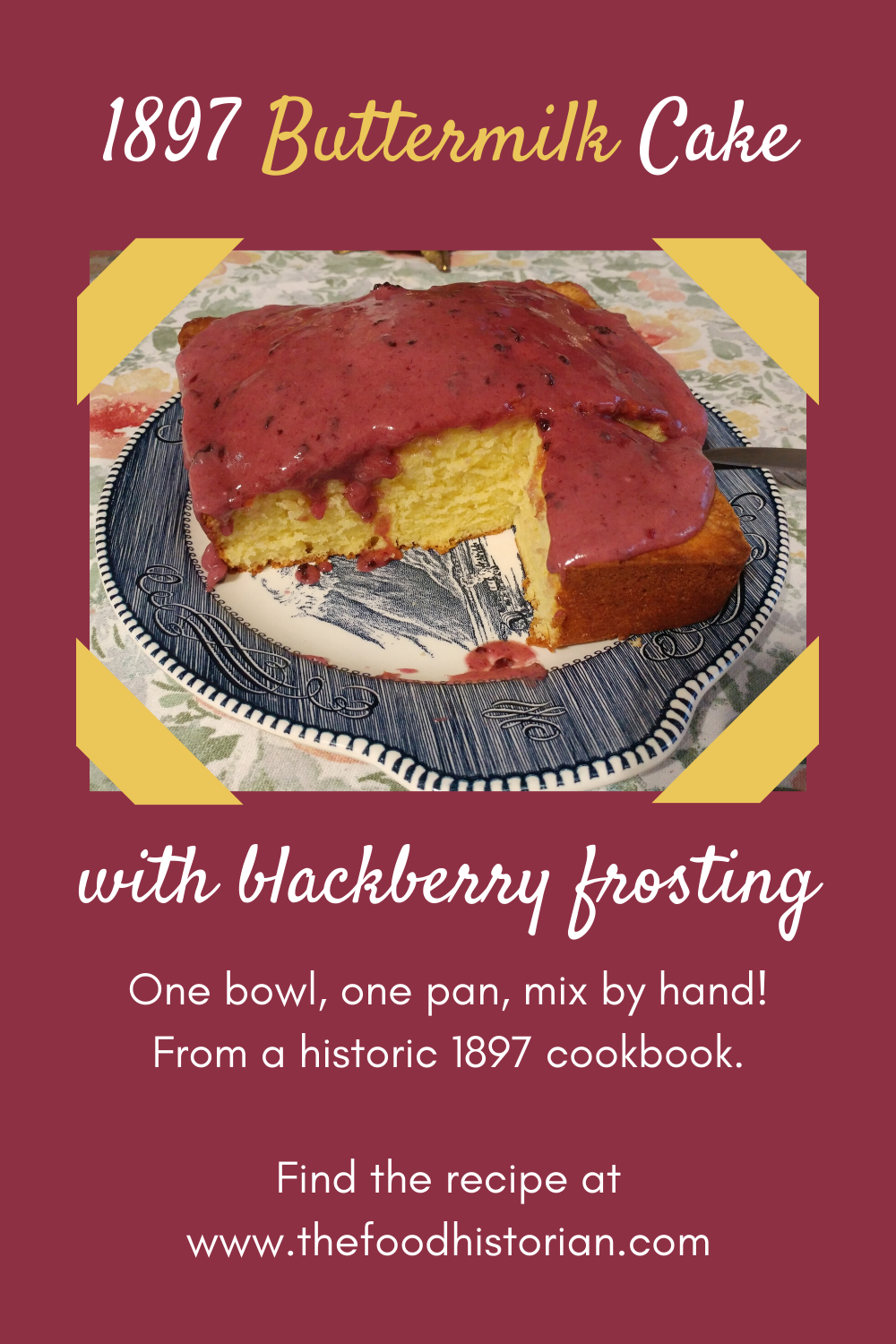
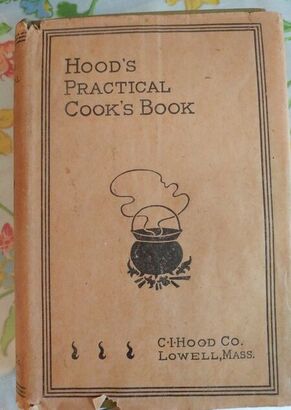
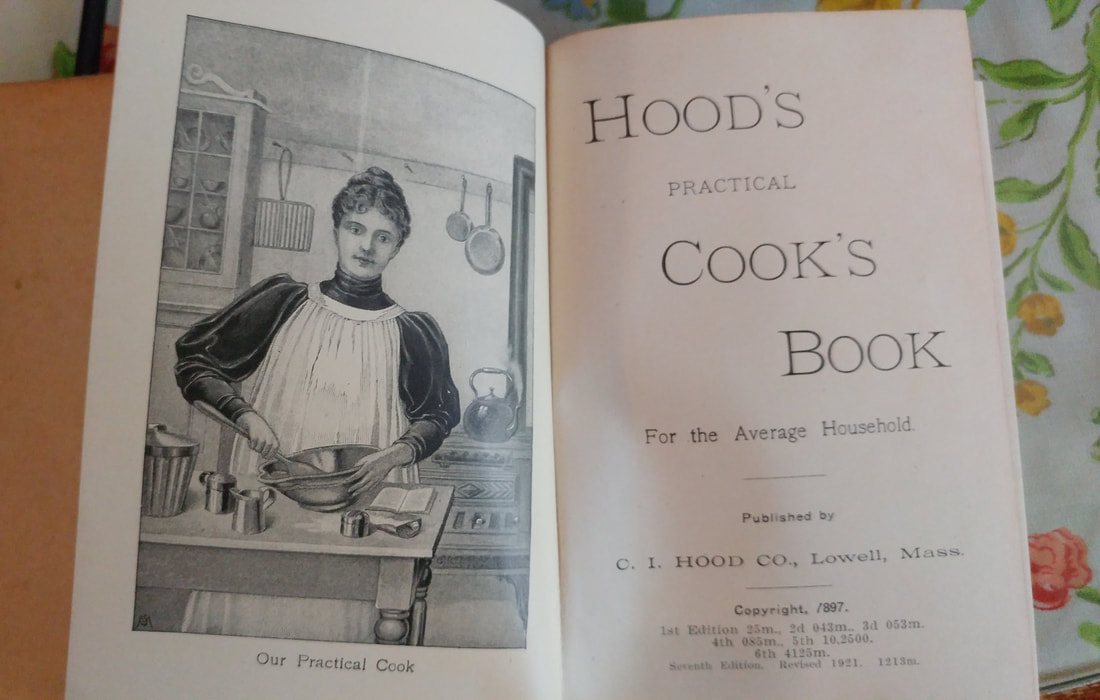
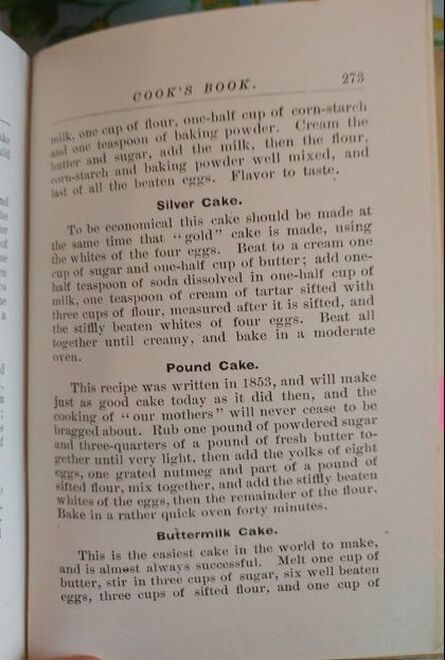
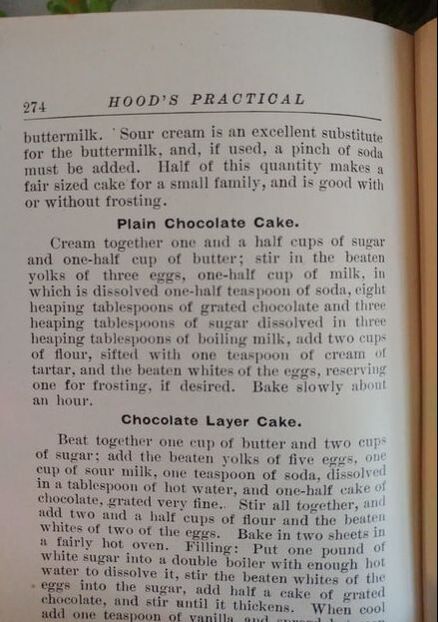

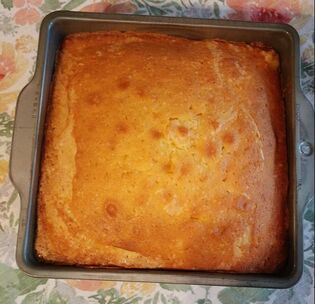
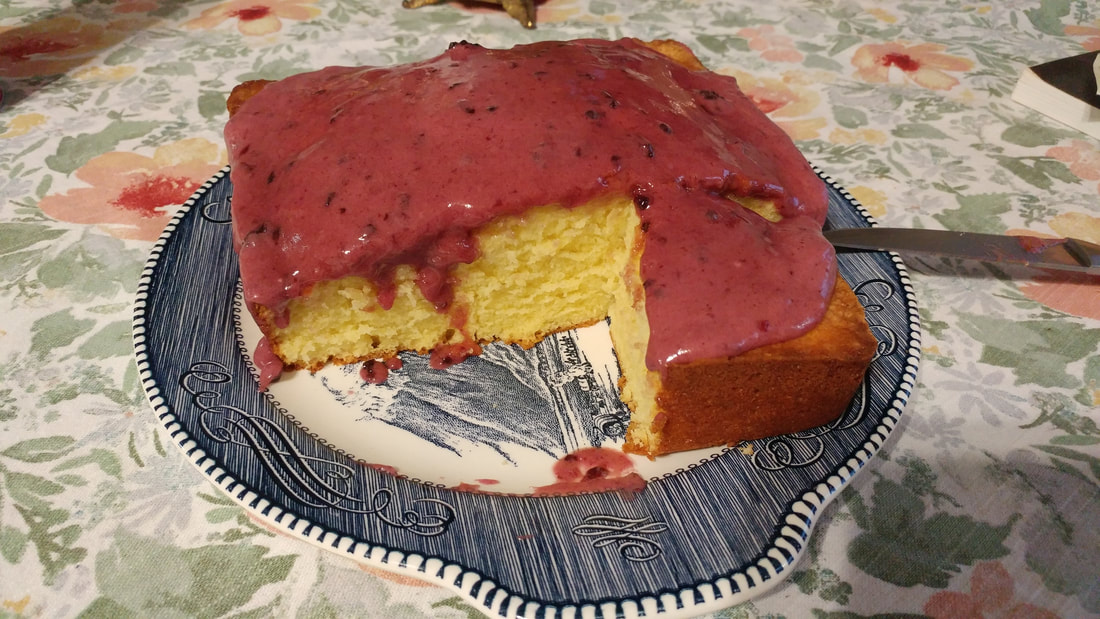

 RSS Feed
RSS Feed